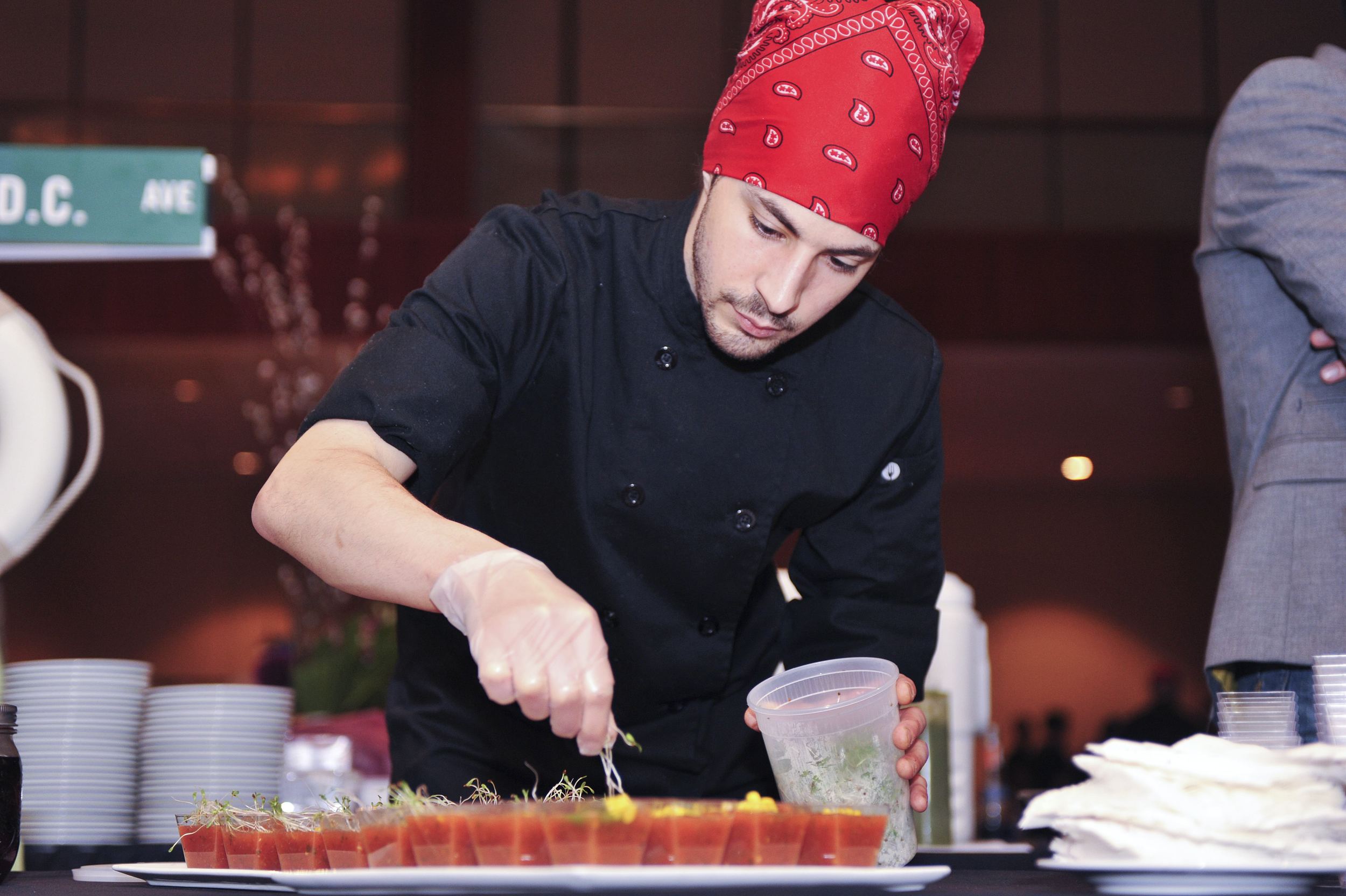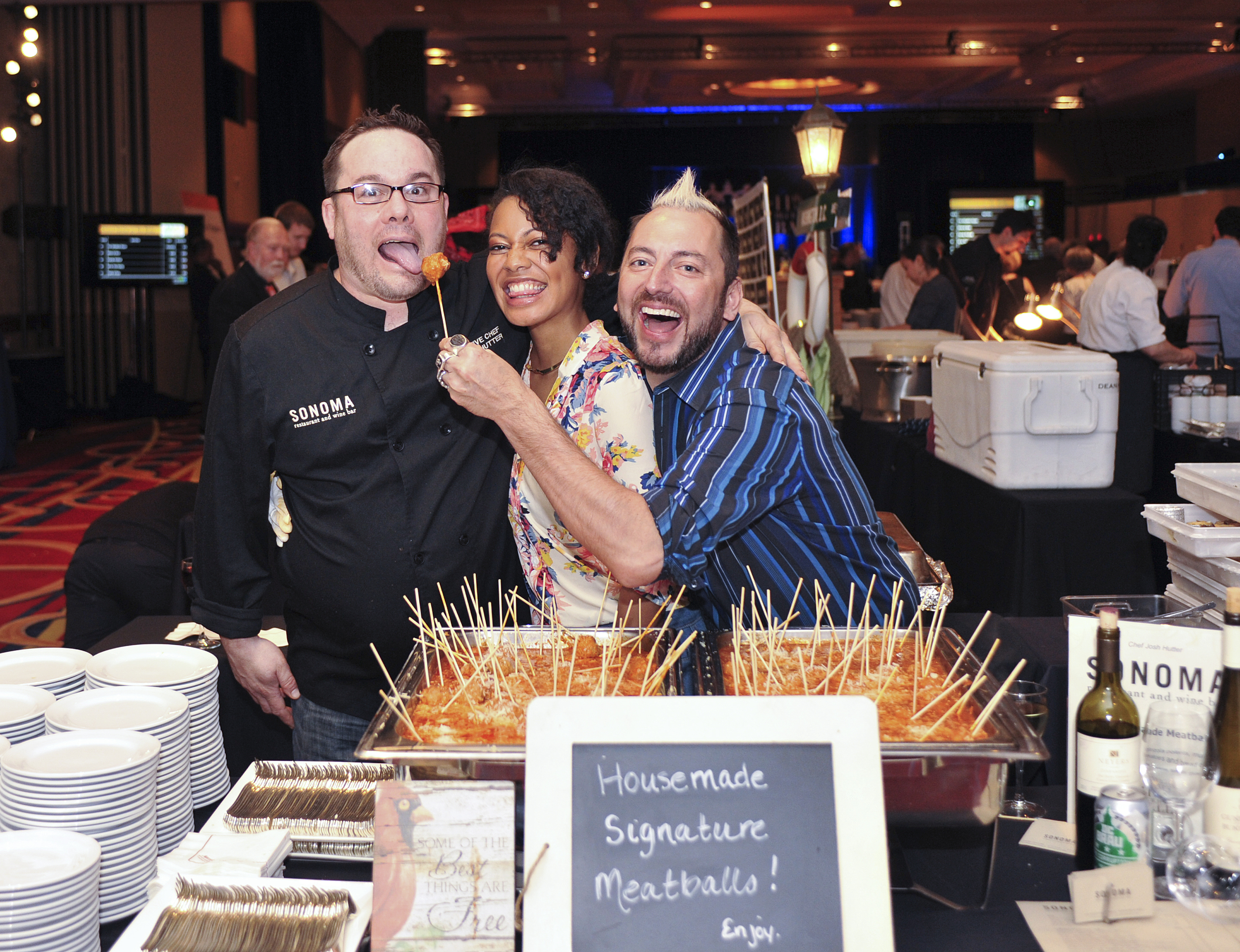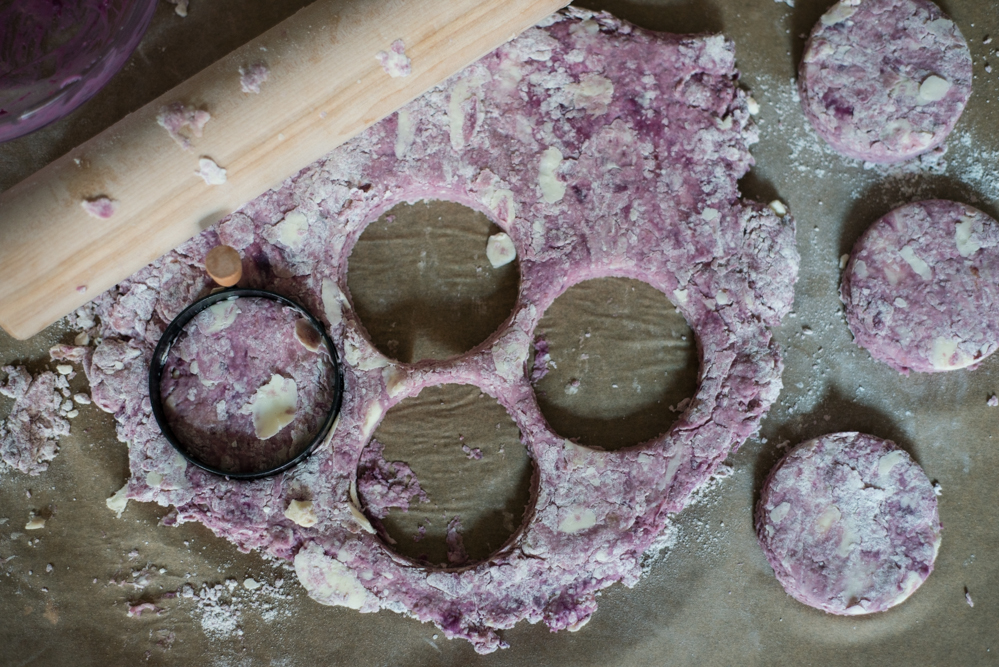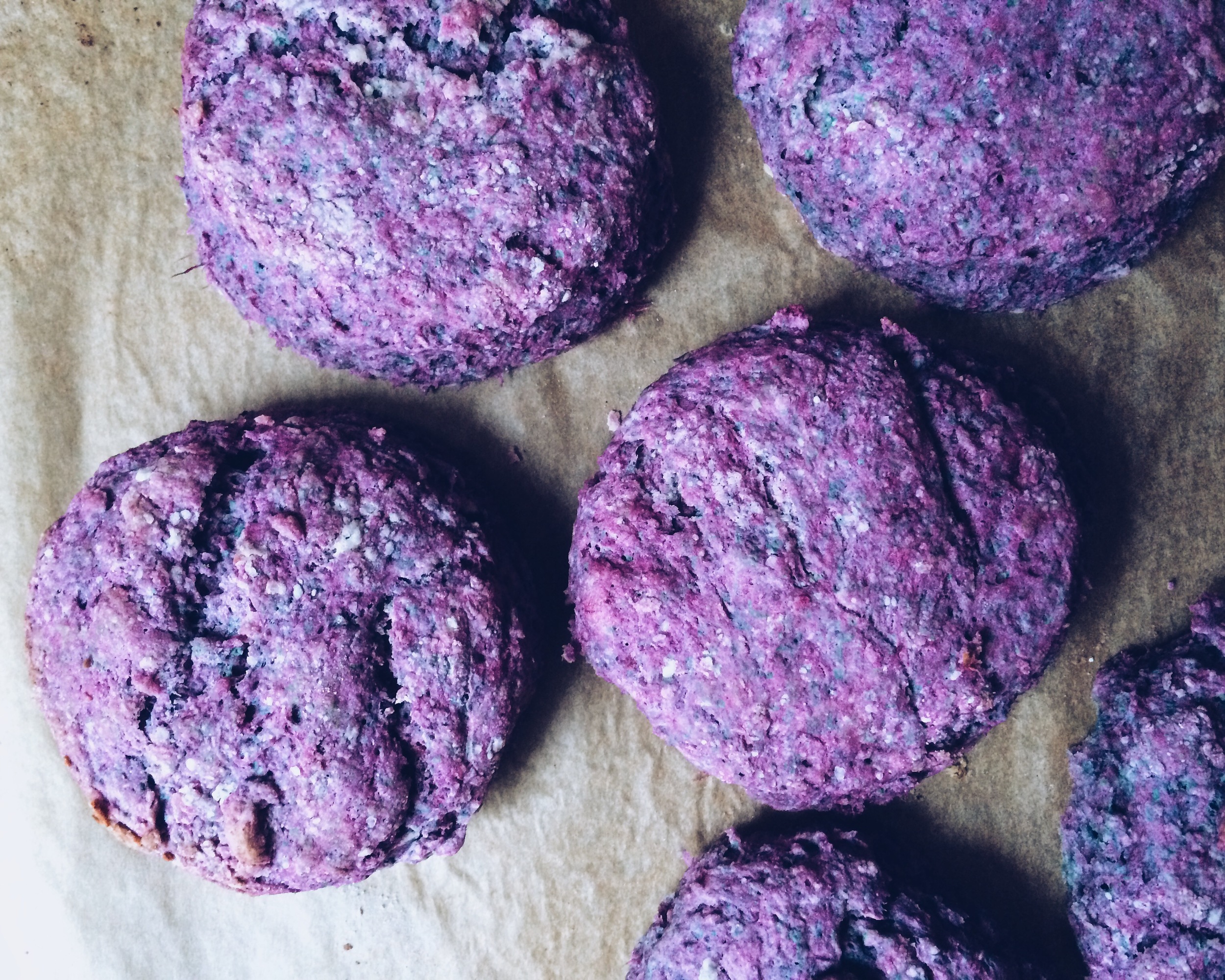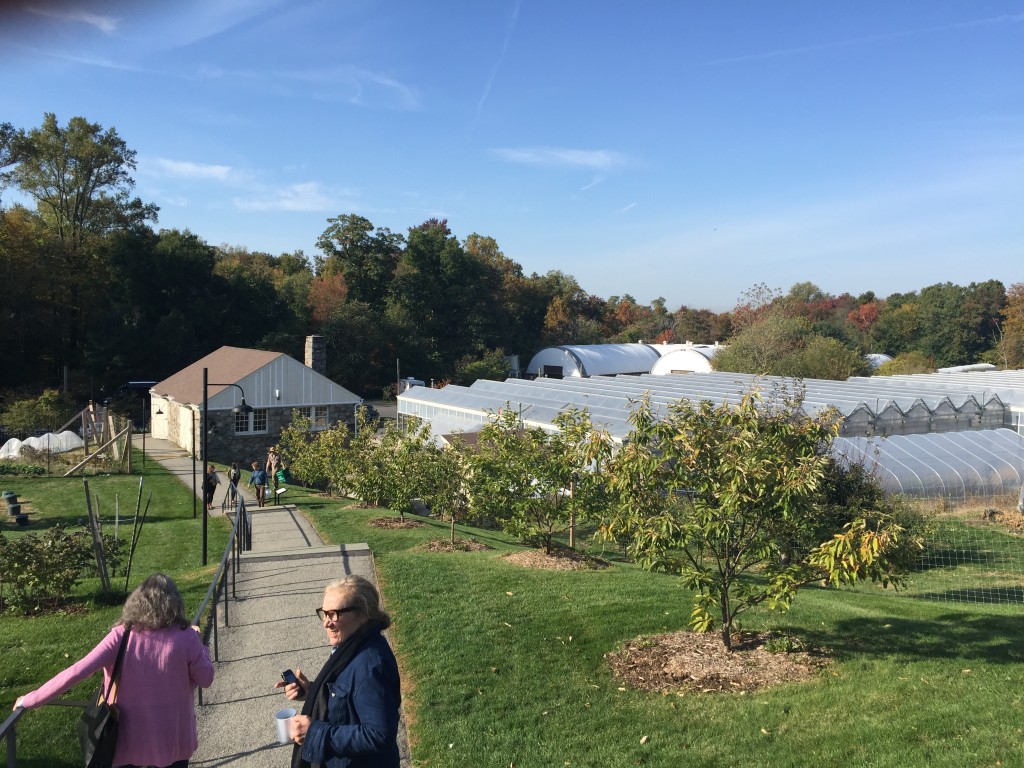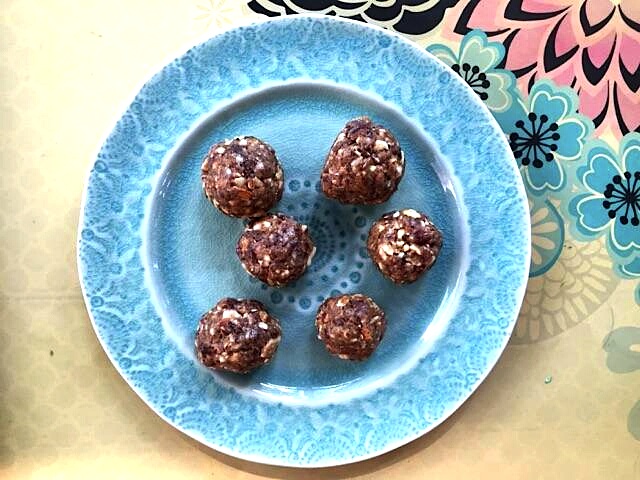Philly’s HipCity Veg: More Plants Coming to the People of DC
/ The Passion and Vision of Founder Nicole Marquis
The Passion and Vision of Founder Nicole Marquis
By Susan Able. Photos by Katie Borrazzo.
Opening June 8th by the Verizon Center, Washingtonians can now get behind what has captured the hearts of Philly vegetarians and carnivores alike—a 100% plant-based menu of burgers, fries, smoothies and shakes.
We chatted with CEO Nicole Marquis, 34, this morning as the HipCity Veg team readies their stylish new space and team for opening day.
Edible DC: You launched in 2012 with your first fast-casual restaurant in Philly’s Rittenhouse Square—how did you choose DC as your first “out of town” expansion?
Nicole Marquis: I looked at a lot of other cities—Manhattan, Chicago, Miami are just a few. But DC felt like the best place to go HipCity Veg 2.0. It’s a city that has real neighborhoods and when I came down to scout locations, people were so friendly and welcoming, it just felt like it was where we needed to be.
EDC: Will there be any differences in the DC location from what you’ve done in Philly?
NM: No, we wanted the same friendly, accessible vibe and I think we’ve created that here. The menu will have all the same super star items that we’ve become known for, our Groothie (a green smoothie), our Crispy HipCity Ranch sandwich which is our vegan version of a fried chicken sandwich. We’ve developed a following for our menu, so we’re keeping it intact and bringing it here! My core philosophy is that while what we do is good for the planet and for people—we have to compete on taste and we focus on flavor. That’s how we win over the carnivores and we’ll do that here.

EDC: What about local sourcing?
NM: We’re commited to using the best produce available, and we’re talking with Keany Produce about what local farms we can use when we can. It’s important to me to use organic when we can and where it makes sense, for example strawberries and plants that are heavily sprayed, but also to use local as much as we can too.
EDC: And sustainable practices?
NM: Well naturally, a 100% plant-based restaurant is already planet-friendly, but we also use composting and compostable packaging and serving items. It’s important to be green when you are serving 100% plants.
EDC: You’ve grown from one location in 2012, and now you will be in four locations with over 100 employees. And you’re 34. What was the passion that drove you, not only to do vegan, plant-based, but as a business woman and entrepreneur?
NM: I just have it in my blood. When I was in high school, I started an entertainment company and planned birthdays and events. And I actually grew that business for a year and turned a profit. So I knew I could do it.
But I graduated, going to college and then grad school (Marquis trained as a Shakespearean actor), but after grad school I kept asking myself what I was passionate about. Meanwhile, while I was figuring that out, I worked in restaurants from every position from busser to manager, so I learned the food business.
The game changer for me was reading The China Study by T. Colin Campbell, PhD and Thomas Campell, MD and seeing the connection between plant-based diets and improved health. And I thought, this must be right. I became a vegan eight years ago and noticed a tremendous change in my energy and how I felt. But I convinced my father, who was in his 50’s and struggling with his weight and a new diagnosis of diabetes, to try it. He is a nurse and was skeptical, but agreed to try eating a plant-based diet. After several months, he had lost over 20 pounds and was able to go off insulin because he had stabilized his blood sugar. So clearly eating a plant-based diet would help.
I also was inspired by Vedge, the famous Philadephia fine dining vegetable restaurant, with Chefs Richard Landau and Kate Jacoby. Chef Richard was my inspiration for bringing plants to people in a fast casual way.
EDC: How did you develop the concept and menu?
NM: I mapped out what I what my menu to be and the concept of the restaurant. Because I wanted it to be accessible, I wanted it to mirror traditional fast casual in price point and more than that, in flavor. When I had my ideas, Chef Richard helped me create my recipes. He is amazing and still an inspiration to me.
EDC: My husband is a very committed carnivore. How would you win him over?
NM: Again, it is all about amazing flavor and not missing out by not eating meat. One Crispy HipCity Ranch wins most meat eaters over!
EDC: Congrats on the launch.
NM: Thank you, and we can’t wait to have you bring your husband in for our Crispy HipCity Ranch.
Nicole Marquis is CEO and founder of Marquis & Com. In addition to HipCity Veg, she also launched Bar Bombón which brings flavors from her Puerto Rican heritage to Philadephia’s Rittenhouse neighborhood with an all plant-based menu of tacos and other Latin menu items. @hipcityveg


